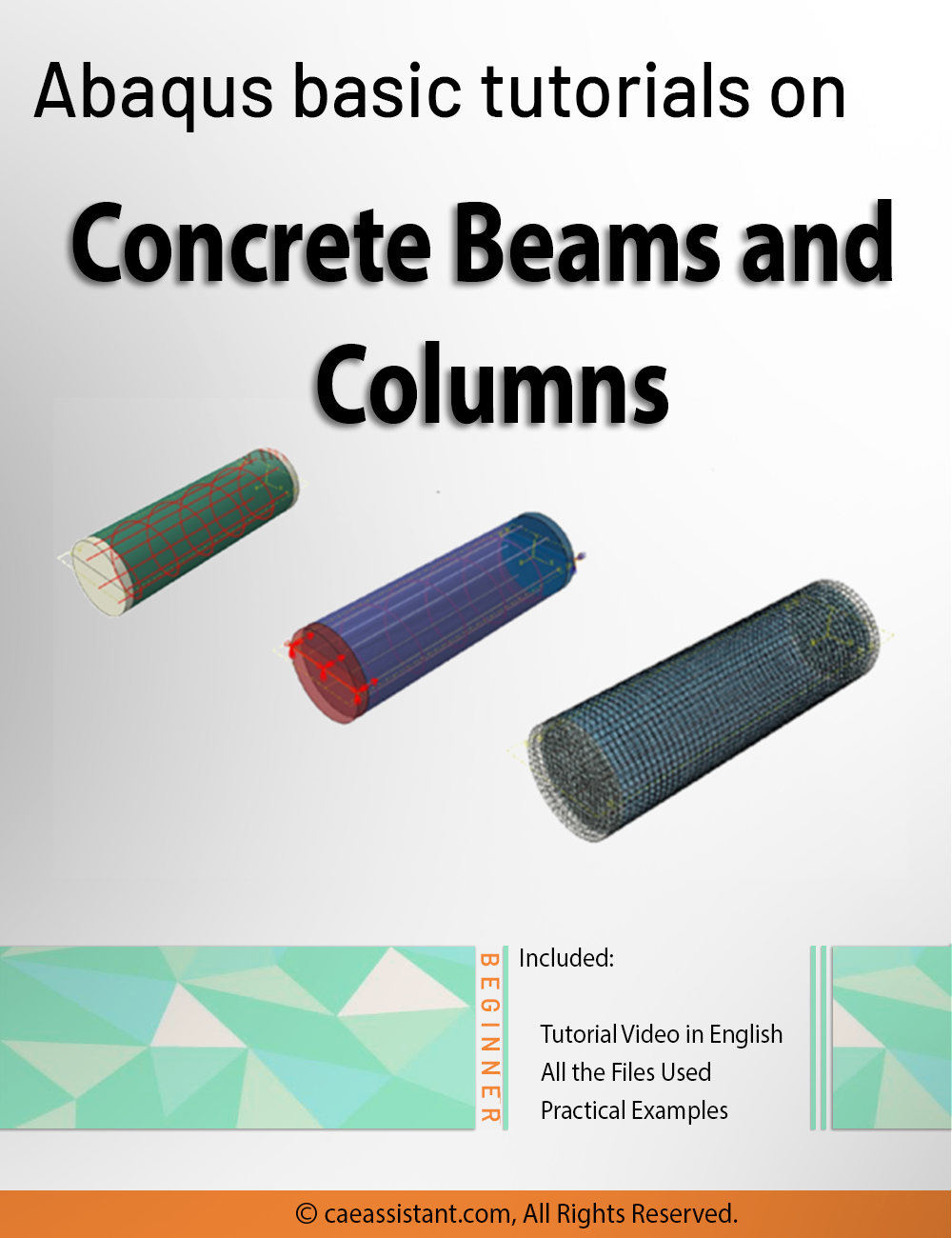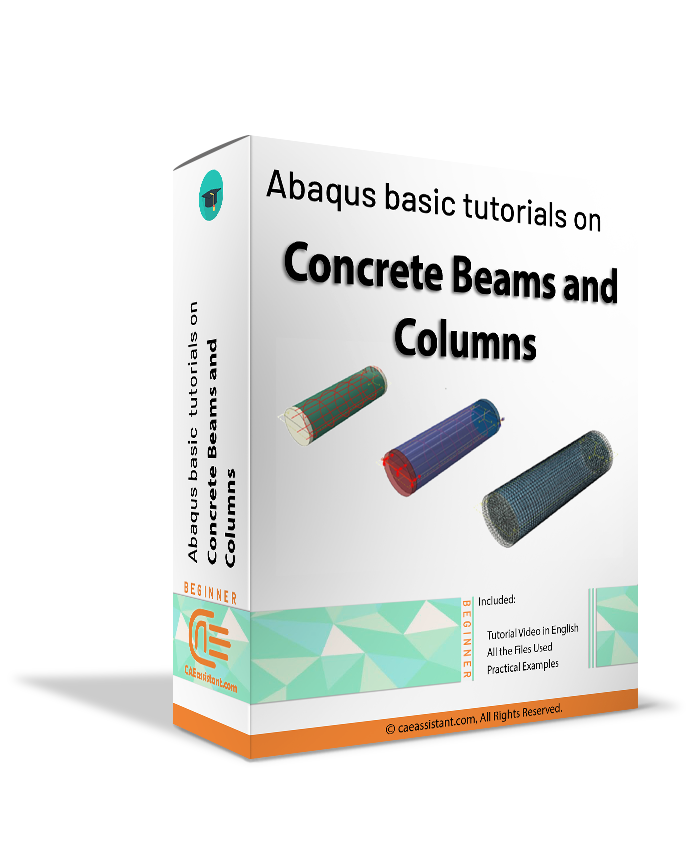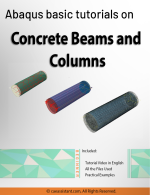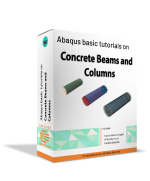This comprehensive tutorial package is designed for engineers and students who want to gain a solid foundation in finite element modeling (FEM) of concrete structures using Abaqus. The course is tailored to cover concrete beams and columns under a variety of loading conditions, focusing on both plain concrete and reinforced concrete members.
Through step-by-step lessons, participants will learn to model basic structural elements, apply material properties, set boundary conditions, and perform FEM analyses. The hands-on approach ensures that learners understand how to simulate real-world scenarios, including load applications and structural behavior assessments.
Course Outline and Focus Areas
The course is structured into the following lessons:
Lesson 1: Finite Element Modeling and Simulation of Concrete Beams: This lesson introduces the basics of concrete beam modeling using Abaqus. Topics include plain concrete beam modeling, applying boundary conditions, and interpreting the results of the simulation. Students will learn how to set up a simple beam model and analyze its behavior under loading conditions.
Lesson 2: Modeling and Simulation of Reinforced Concrete Beams: This module covers modeling concrete beams reinforced with steel bars and stirrups. Emphasis is placed on defining the reinforcement, applying material properties, and interpreting the analysis results, allowing participants to understand the behavior of reinforced beams.
Lesson 3: Fiber-Reinforced Polymer (FRP) Beams: This section delves into the modeling of concrete beams reinforced with fiber-reinforced polymer (FRP). In this lesson, learners will explore how to model these composite materials and apply experimental results to validate simulation accuracy.
Lesson 4: Finite Element Modeling of Concrete Columns: Participants will be introduced to plain concrete columns, where they will learn to set up a column model, define its material properties, and simulate various loading conditions. This lesson focuses on compression loading and boundary condition applications.
Lesson 5: Reinforced Concrete Columns: This lesson extends the modeling techniques to concrete columns reinforced with steel bars and stirrups. Students will understand how reinforcement affects column behavior and how to analyze simulation outcomes.
Lesson 6: Fiber-Reinforced Polymer Columns: This final lesson covers the modeling of concrete columns reinforced with FRP materials. Similar to the beam section, participants will apply FEM analysis and compare results with experimental data.
Practical Workshops
In addition to theoretical lessons, the course includes several practical workshops to ensure hands-on experience. Each workshop follows a step-by-step approach to simulate and analyze concrete beams and columns in Abaqus.
Workshop 1: Concrete Beam Modeling: Participants will create a model of a plain concrete beam, apply boundary conditions, and run the simulation. The results will be analyzed, and beam behavior under loading will be assessed.
Workshop 2: Reinforced Concrete Beam: This workshop introduces reinforcement in concrete beams. Students will define reinforcement materials and run simulations to analyze the impact of steel reinforcement on structural behavior.
Workshop 3: Fiber-Reinforced Polymer Beams: This workshop focuses on FRP beams, including the application of compression loading and comparing results with experimental data from a published paper.
Workshop 4: Concrete Column Simulation: In this workshop, students will model plain concrete columns and simulate their response to axial compression loading.
Workshop 5: Reinforced Concrete Columns: This workshop extends the previous work by introducing steel reinforcement in concrete columns and simulating its effect on the overall performance of the column under loading.
Workshop 6: FRP-Reinforced Columns: The final workshop covers the modeling and analysis of FRP-reinforced concrete columns, with particular attention to material behavior under compression loading.





Reviews
Clear filtersThere are no reviews yet.